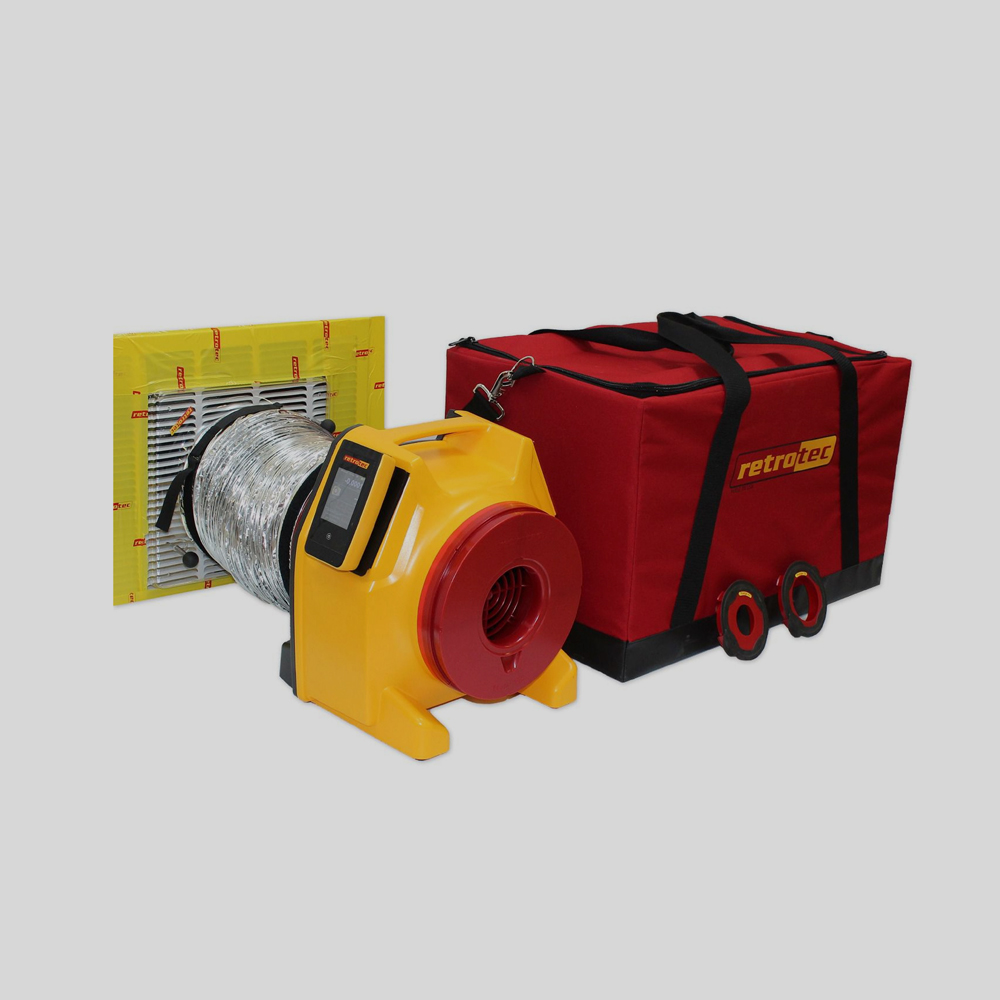Code Compliance Testing
Our goal is to certify your compliance requirements and
meet the requirements of the Florida Building Code.
Blower Door

Test the "leakiness" of your home.
By depressuring your home and measuring the rate at which air infiltrates through imperfections in the building envelope.
The real cost of Blower Door Testing
Undetected leakage and failing to meet code can cost you thousands of dollars. And with increasingly
complex houses coming onto the market, meeting the highest standards in air leak prevention is only
becoming more of a challenge. Another difficulty facing builders is that the leakage results aren't
typically available until further on in the construction process. It's essential to get the job done right
early on so you can avoid the last minute scramble to minimize expenses.
Duck Blaster

Duck Blaster Testing
No matter what kind of building, it's almost certainly going to have an HVAC system in place. The HVAC system of any building is designed to maintain the indoor air and keep it at a comfortable level. In doing so, if the ducting leaks this would cause the HVAC system to operate ineffeciently and potentially cause mold in the unconditioned space around the ducting.
A duct blaster test is a sophisticated piece of diagnostic equipment which connects to the home's duct system and measures the rate at which ducts leak air. The duct blaster looks much like a blower door, and is essentially a high-powered fan that connects to a computer, where our diagnostic software measures rates of air filtration. Using the results of the duct blaster test, we can help you determine whether the home or building would benefit from a duct sealing upgrade, and to what extent.
Thermal Imaging

We offer infrared thermal imaging to help pinpoint energy waste and other building science issues.
5 Common Uses for Thermal Imaging
Using this non-invasive thermal imaging technology, we may be able to detect or discover a whole host of potential issues and impacts that may be left unevaluated during a general home inspection.
Moisture detection, including hidden plumbing leaks, roof leaks, wet insulation and other moisture entry places like foundation, basement or crawl space.
Energy loss stemming from poor or missing insulation, damaged radiant heating systems, flue leaks, broken window seals and weak thermal barrier points like doors, windows, attics and more.
Pest identification, especially termites and other wood-destroying organisms and mice.
Electrical hot spots like circuit breakers (included old or overloaded breaker boxes), electrical faults and overheated electrical components and equipment.
Reinspection of completed repairs to confirm the work of a contractor, technician or homeowner.
Schedule a Test Now